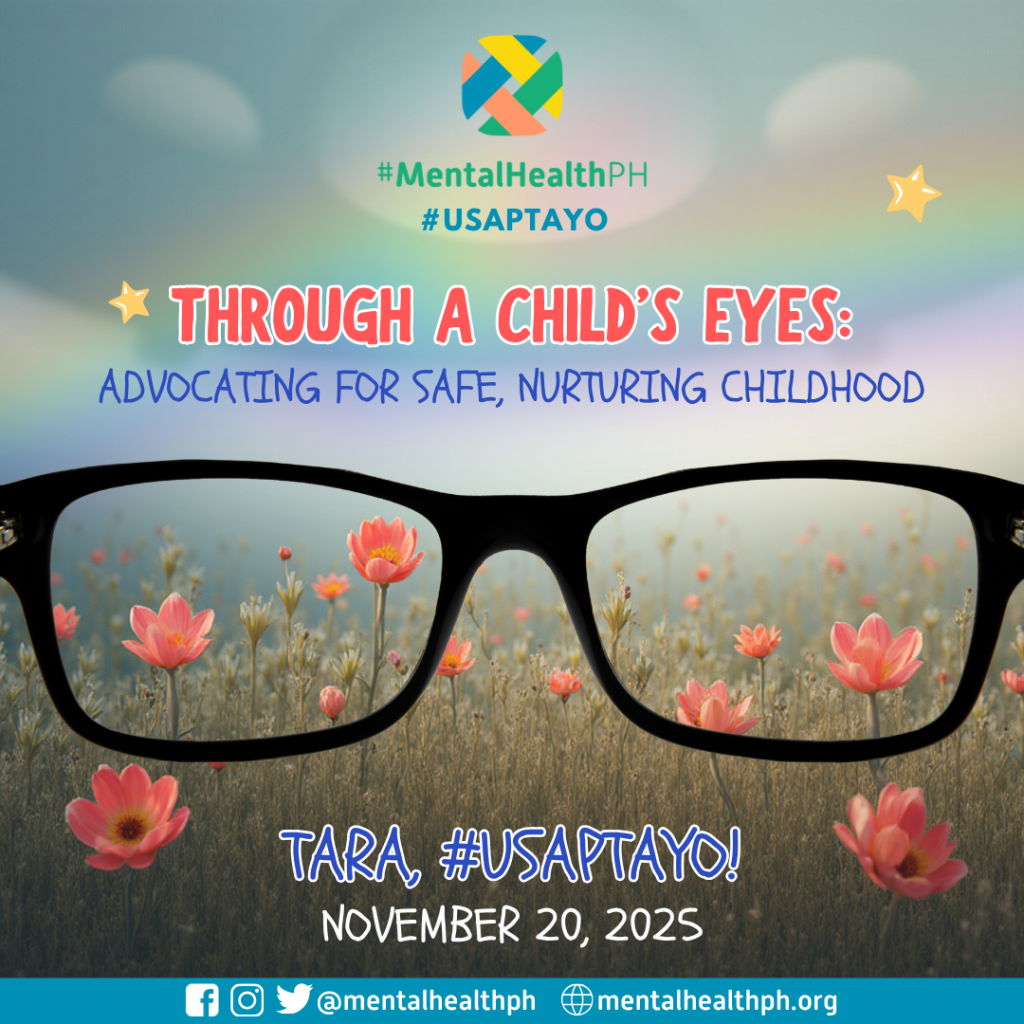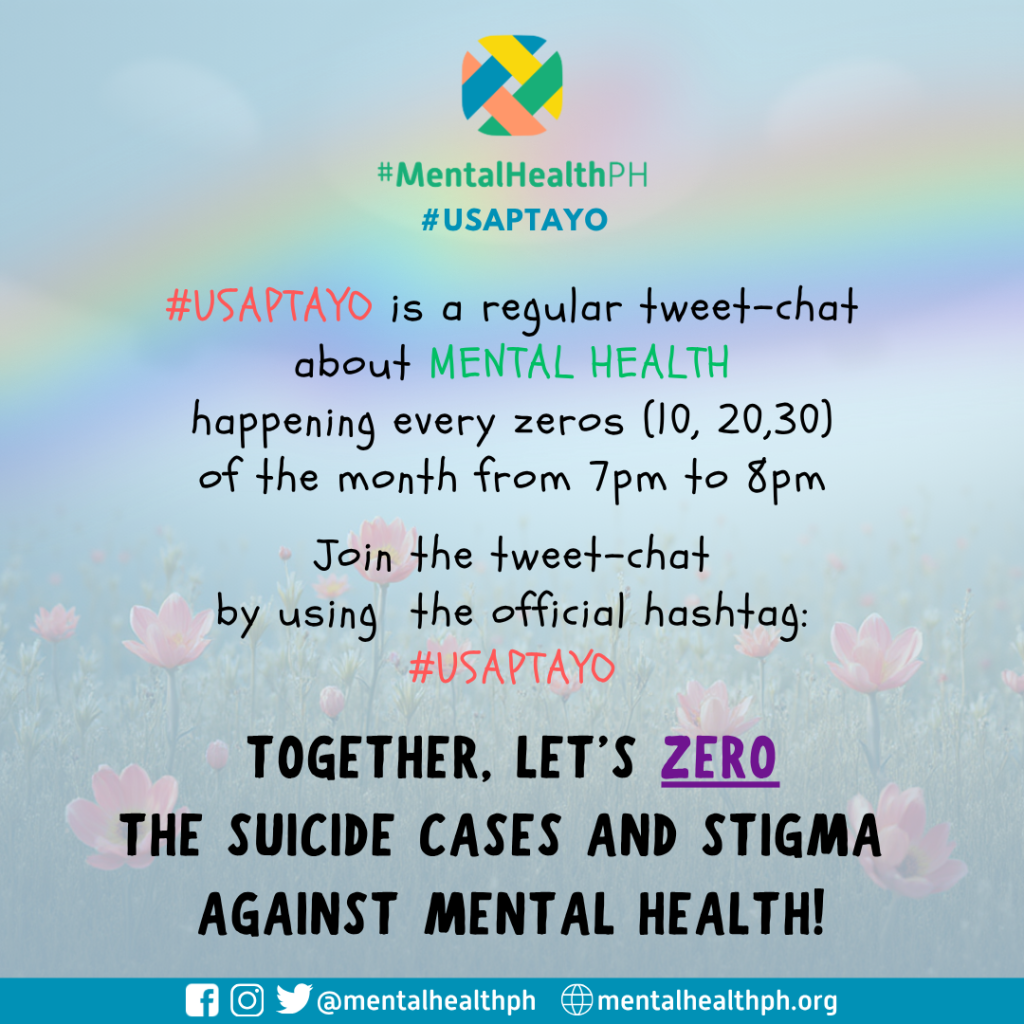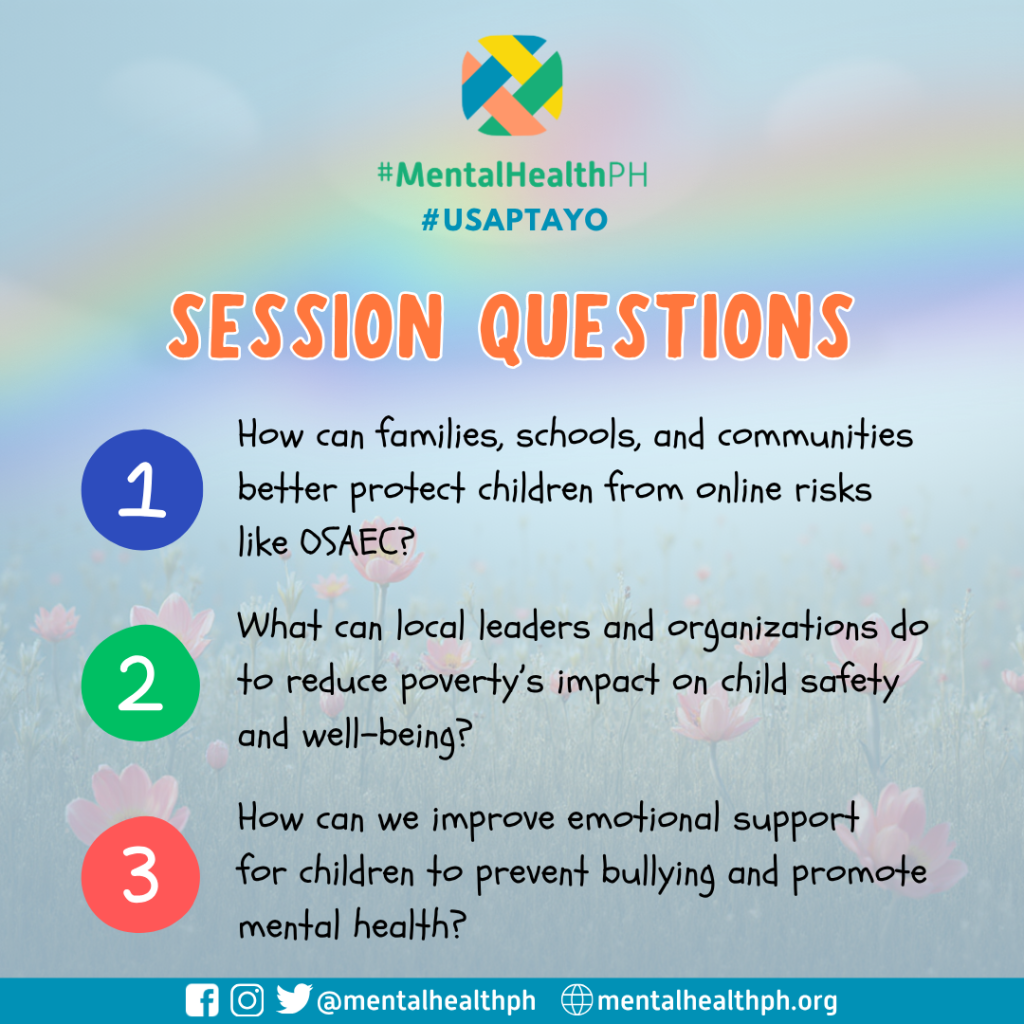
Writer/ Researcher: Iris Salvante
Graphics: Jia Moral
Three out of five Filipino children (ages 1–14) have experienced at least one form of violent discipline, and three out of every ten students report that they are frequently bullied. Meanwhile, reported cases of Online Sexual Abuse and Exploitation of Children (OSAEC) in the Philippines have surged to around 2.7 million, according to the latest CHR report.
These recent data collected by international and government agencies highlight some of the most persistent and seriously concerning child-safety issues and risks to children’s rights.
Between kids’ favorite holidays—Halloween and the Christmas season—the Philippines observes National Children’s Month, also known as Child Safety and Protection Month in other countries, to raise awareness about protecting children from harm and violence.
Let’s mark this observance by looking at why children’s safety matters, the current issues Filipino youth face, and the steps needed from every sector of society to ensure a safe, nurturing, and supportive environment—free from harm, neglect, and abuse.
Why the care and protection of children should be everyone’s priority
Children are every parent’s ball of sunshine. More importantly, unconditional love builds their self-esteem and sense of security. As a 10-year-old girl from a residential care home shared, “Everybody wants to go home to live with their parents so they can give you love and attention.”
Security, attachment, and belonging are closely linked, and humans need these things in order to function well by themselves and together with others.
However, care and safety are responsibilities that extend to the wider society—schools, healthcare providers, government agencies, the private sector, and local communities—all working to ensure children grow and learn without fear of abuse or neglect.
National Children’s Month underscores this legal and moral duty. It commemorates the UN Convention on the Rights of the Child, which outlines the civil, political, economic, social, and cultural rights of every child.
A unified approach, supported by education and awareness, can help build a future where children thrive and contribute meaningfully to society.
The child safety challenges in the Philippines
About 35% of the Philippines’ population is children (ages 0–18). According to The Situation of Children – Philippines, an interactive platform for data-driven policymaking and child rights monitoring, several positive changes in children’s safety and welfare have emerged in recent years.
These include declining mortality rates among children under five—particularly in BARMM—and a decrease in child marriage among young girls. However, some gains are slowing or remain below the UN Sustainable Development Goals, such as efforts to reduce stunting and malnutrition.
One of the biggest challenges is the rapidly rising rate of Online Sexual Abuse and Exploitation of Children (OSAEC). The CHR reports cases nearly tripled to 1.297 million by the end of 2020, then surged to 2.7 million by the end of 2023. The agency noted that current measures remain insufficient due to “gaps” in child-sensitive handling, including weaknesses in reporting, rescue operations, and rehabilitation—made more difficult when perpetrators are the victims’ own relatives.
Bullying in schools remains a major concern, and nearly 11 million Filipino children and youth aged 5 to 24 are considered out-of-school youth.
And in 2023, Save the Children CEO Atty. Alberto Muyot called for immediate government action to protect the health and lives of young people following a troubling rise in actual and attempted suicides among students nationwide.
It’s important to point out that poverty has been a consistent factor that influences most child safety issues in the country. Though poverty has gradually declined, especially after the pandemic, children still make up the majority of the poor population.
Recommendations to address challenges and strengthen child protection
Based on studies and challenges identified by organizations such as UNICEF, CHR, and various non-profits, the following key recommendations should be supported and put into action by all sectors to promote child safety and development:
- Parents and caregivers should set clear boundaries on children’s digital consumption—including internet use and television programming—to reduce exposure to inappropriate or harmful content. At the same time, government agencies and law enforcers must strengthen collaboration with internet service providers to detect and disrupt exploitation activities.
- Aftercare for child sexual exploitation survivors remains one of the most overlooked aspects of the response. Government agencies, NGOs, and community leaders must prioritize survivor-centered programs that promote healing and successful reintegration.
- Policymakers, civil society, and the private sector must work together to plan and strongly execute policies and programs that will alleviate poverty and create livelihoods for vulnerable communities.
- Parents and caregivers must continue providing emotional security, which deeply influences a child’s sense of safety and well-being, and actively advocate for their children’s needs in schools, health care, and social services.
- Schools should integrate mental health education into the curriculum to help students understand their emotions, recognize warning signs, and reduce stigma.
As emphasized by John Tanagho, Executive Director of IJM’s Center to End Online Sexual Exploitation of Children: “Child protection urgently demands increased tech sector detection, reporting, a duty of care, safety by design, transparency and accountability, along with improved law enforcement responses.”
Conclusion
Protecting children is a shared duty that demands both compassion and action. The realities faced by Filipino children—from online exploitation and bullying to the impacts of poverty—show that ensuring their safety requires strong systems, informed families, and committed communities. National Children’s Month reminds us that safeguarding children’s rights is not symbolic but essential.
By working together—parents, schools, government, and society—we can build environments where every child feels secure, supported, and valued. Ensuring their well-being today lays the foundation for a stronger, more compassionate Philippines tomorrow.


Session Questions:
- How can families, schools, and communities better protect children from online risks like OSAEC?
- What can local leaders and organizations do to reduce poverty’s impact on child safety and well-being?
- How can we improve emotional support for children to prevent bullying and promote mental health?
Sources:
- UNICEF For Every Child | Situation of Children in the Philippines – Insights 2024 | https://situationofchildren.org/sites/default/files/2024-10/SitAn_Insights_22Oct2024_FINAL.pdf
- Family For Every Child | Why Care Matters: The Importance of Adequate Care for Children and Society | https://socialserviceworkforce.org/wp-content/uploads/2024/03/Why-Care-Matters-the-importance-of-adequate-care-for-children-and-society.pdf
- World Vision | Why Every Filipino Child Deserves a Better Education | https://www.worldvision.org.ph/why-every-filipino-child-deserves-better-education/#:~:text=Current%20State%20of%20Education%20in,The%20Challenge%20and%20Barriers
- April 22, 2025 | GMA News Online | Online sexual abuse of children increased to 2.7M —CHR report | https://www.gmanetwork.com/news/topstories/nation/943495/online-sexual-abuse-of-children-increased-to-2-7m-report/story/
- 10 Feb 2023 | Relief Web | Government must urgently intervene to protect mental health of children in the Philippines, says Save the Children | https://reliefweb.int/report/philippines/government-must-urgently-intervene-protect-mental-health-children-philippines-says-save-children#:~:text=Philippines-,Government%20must%20urgently%20intervene%20to%20protect%20mental%20health%20of%20children,%2C%20protection%2C%20education%20and%20welfare.
- Bufdir | Make your child feel secure and loved | https://www.bufdir.no/en/parenting-advice/make-your-child-feel-secure-and-loved/
- Aug 17, 2023 | United Way NCA | What Is Safeguarding? The Importance of Child Protection | https://unitedwaynca.org/blog/what-is-safeguarding/













